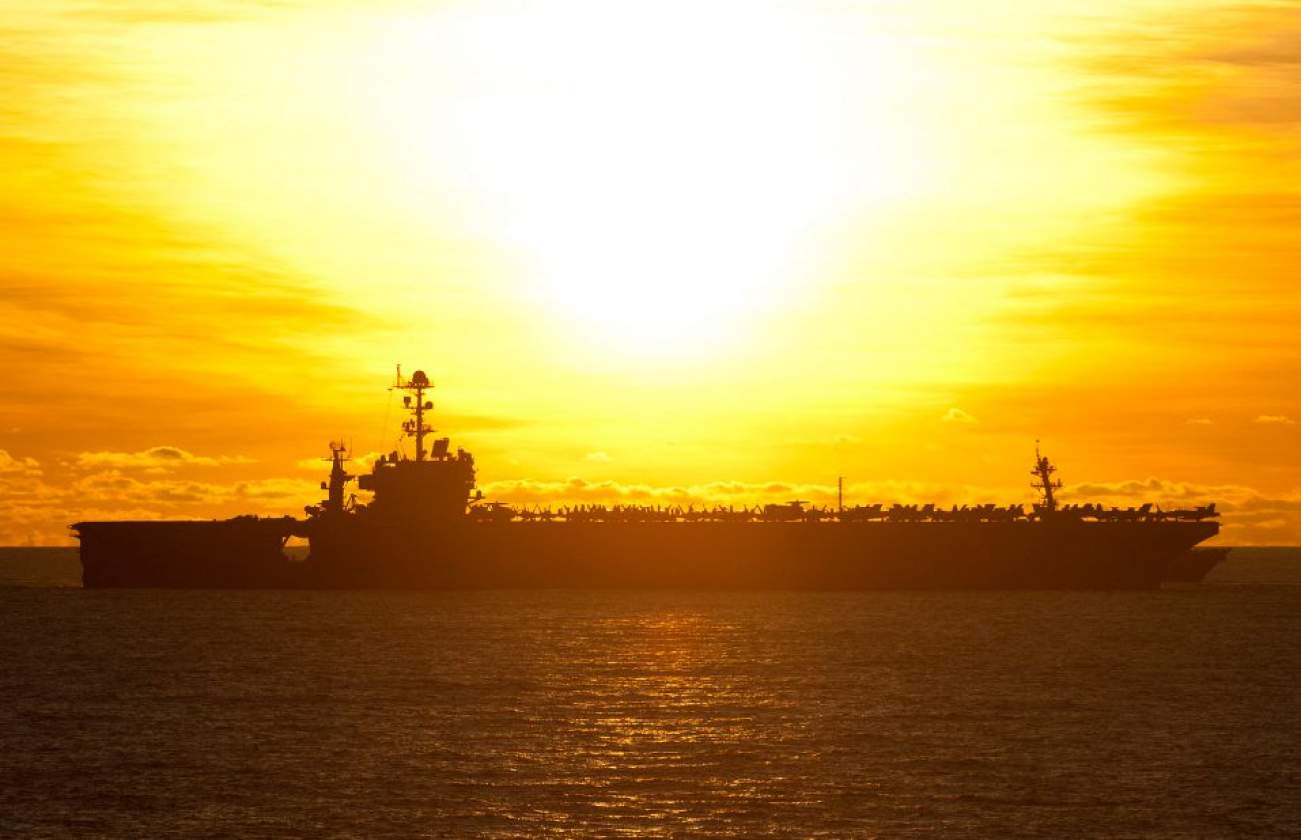by Patrick M. Cronin
The United States’ present approach to countering China’s continued creeping aggression in the South China Sea has failed. The U.S. Navy is not achieving it long-term political objectives of using Freedom of Navigation Operations (FONOPs) to substantively change China’s revisionist attitudes and belligerent behavior in the region, or to uphold the rule of international law. However, our failure thus far is not final. While the cancerous expansion of Chinese terrestrial outposts and coercive maritime presence in the South China Sea is now considerably more advanced from when U.S. FONOPs began, there is still time to retrieve the situation before the regional and international communities either politically recognize China’s ill-gotten gains or capitulate to its continental conception of sovereignty over ocean areas. Staging a recovery requires that we come to a new understanding of the core nature of the threat, reexamine our current efforts to discern their effect on the decisive center of gravity, and apply learning from our own not-too-distant history to craft new strategies and operational concepts that will capture the initiative and more effectively achieve our just aim of upholding freedom of the sea and the rule of law in the international sphere.
China’s multi-pronged strategy to advance its revisionist aims in the South China Sea—up and down the conflict spectrum and across different domains—has taken on the character of an attacking octopus, such that multiple simultaneous and independent lines of effort, capable of being defeated individually, are combined to confuse and overwhelm a defender before they can formulate a coherent response to the aggressor either in detail or in aggregate. Much attention has been paid to the challenges posed by China’s efforts at territorial aggrandizement via the physical reclamation of land on Chinese-occupied maritime features, and its pursuit of local military dominance by the expansion of anti-access/area denial envelopes, both through the construction of air, naval, and missile facilities on new artificial island structures and through the increased presence of high-end mobile naval forces of the People’s Liberation Army Navy. At its core, however, the decisive component and center of gravity of the struggle now transpiring in the South China Sea is the contest between two mutually exclusive legal systems of authority, namely the rule of current international law versus China’s continentalist revisionism.
On the one hand is the prevailing regime, governed by the foundational principles ofmare liberum (freedom of the seas) and la terre domine la mer (the land dominates the sea), as codified in the United Nations Convention on the Law of the Sea (UNCLOS) and the Permanent Court of Arbitration’s ruling in Philippines v. China. Under these bodies of jurisprudence, the contested areas of the southern South China Sea would be divided mainly between the Exclusive Economic Zones (EEZs) of the Philippines, Vietnam, Malaysia, Indonesia and Brunei, with a small sliver of international waters between them running through the Dangerous Ground. Opposing this international legal status quo is China’s revisionist territorial ambition and its conception of maritime sovereignty that reflects the Chinese vantage point as a continental power. With its pretenses to “indisputable sovereignty” over the large swath of the South China Sea that falls within the Nine-Dash Line and its attempts to impose its own domestic law on mariners and aviators plying that vast expanse, China seeks to overturn mare liberum and la terre domine la mer to apply the principles of sovereignty on land to ocean areas that China covets. China therefore views the South China Sea not as a global commons over which countries can assert limited degrees of control based on their adjacent land holdings, but as “blue national soil” that can be claimed in its own right irrespective of nearby landmasses or other geographical realities.
In the sphere of international law, China has chosen to engage selectively in the internationally recognized regime. It rejected the Permanent Court of Arbitration’s standing to rule on South China Sea cases like Philippines v. China while simultaneously putting forward legal briefs to advance its arguments under recognized legal frameworks. China is also a party to UNCLOS and thus recognizes the concept of the two-hundred-nautical-mile Exclusive Economic Zone for itself (and indeed excessively asserts the right to grant or refuse permission to foreign ships wishing to navigate its EEZ) while simultaneously violating its neighbors’ rights to EEZs by insisting upon its own extralegal “historic claim” of “indisputable sovereignty” over the area within the Nine-Dash Line. Nevertheless, despite what has been inferred by some observers to be at least a partial acceptance of the rule of international law at sea, China fundamentally seeks to defeat the prevailing legal regime by compelling de facto recognition of its own extralegal authority, using its extensive maritime law enforcement and paramilitary civilian presence to harass and intimidate the unarmed civilians of neighboring countries who attempt to exercise their rights under international law to conduct economic activities on the high seas or in their respective national EEZs.

No comments:
Post a Comment